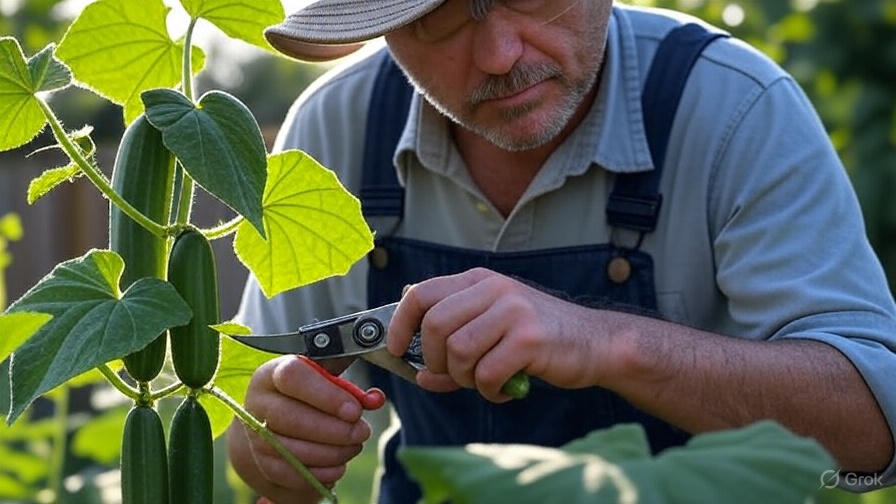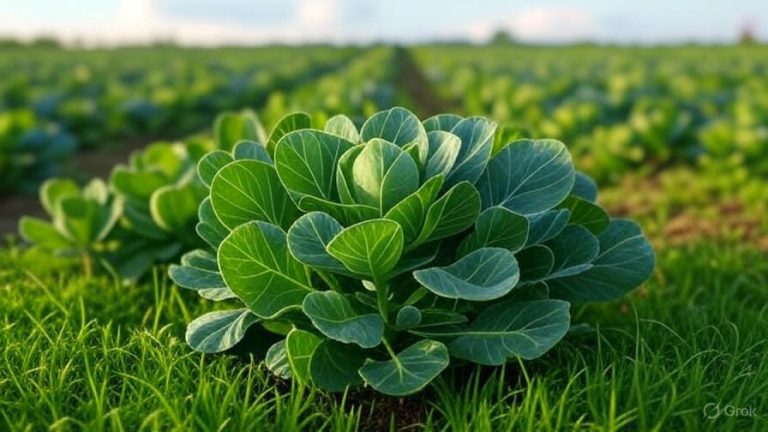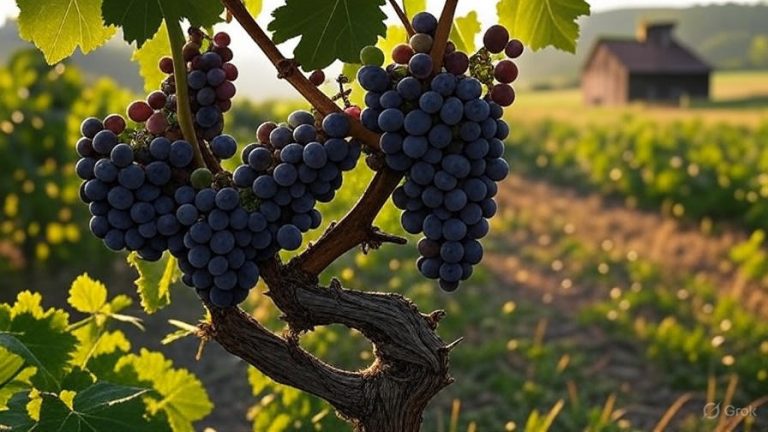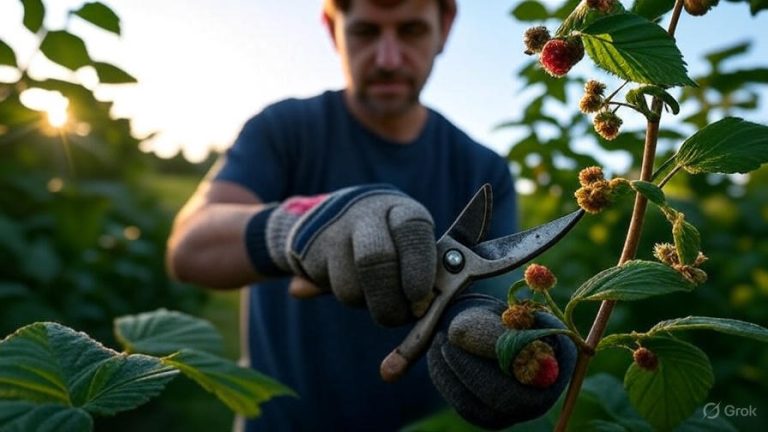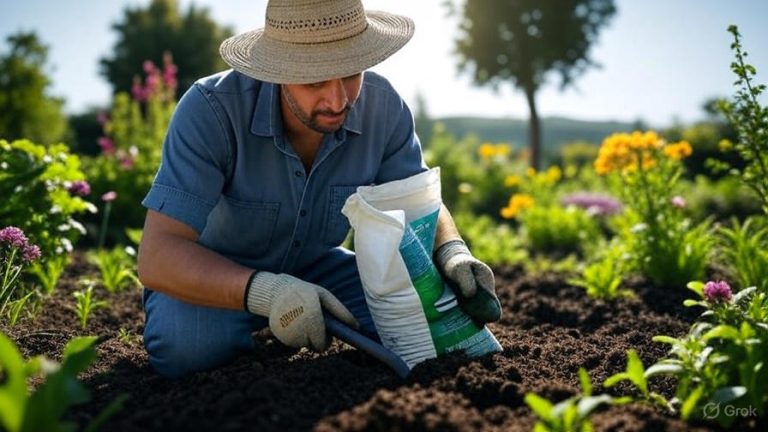How to Prune a Cucumber Plant?
Growing cucumbers in your garden brings fresh, crisp vegetables to your table throughout the growing season. However, many gardeners overlook one crucial practice that can dramatically improve their cucumber harvest: proper pruning. Learning how to prune cucumber plants correctly transforms struggling vines into productive powerhouses that deliver abundant fruit all season long.
Cucumber pruning involves strategically removing specific parts of the plant to redirect energy toward fruit production. This simple technique increases yields, improves air circulation, prevents disease, and makes harvesting easier. The process might seem intimidating at first, but once you understand the basics, you’ll wonder why you ever grew unpruned cucumber plants.
Why Cucumber Pruning Makes All the Difference
Cucumber plants naturally develop into sprawling vines with numerous branches, leaves, and shoots. Left to their own devices, these plants put significant energy into producing foliage rather than focusing on fruit development. Pruning redirects this energy where you want it most: into developing larger, more flavorful cucumbers.
Proper pruning techniques also improve plant health by increasing airflow between leaves and stems. Better air circulation reduces humidity around the plant, which prevents fungal diseases like powdery mildew and downy mildew from taking hold. These diseases can quickly destroy entire cucumber crops, making prevention through pruning invaluable.
Space management becomes another major benefit of regular cucumber plant maintenance. Pruned plants take up less room in the garden while producing more fruit per square foot. This efficiency allows you to grow more plants in limited space or simply enjoy a tidier, more organized garden layout.
Understanding Cucumber Plant Structure
Before you start cutting, you need to understand basic cucumber plant anatomy. Cucumber vines consist of a main stem that grows upward when supported by trellises or stakes. Along this main stem, lateral branches called suckers develop at regular intervals. These suckers emerge from the junction where leaves meet the main stem.
Each leaf node along the main stem also produces flowers that eventually become cucumbers. Female flowers develop into fruit when pollinated, while male flowers provide the pollen necessary for fertilization. Both flower types play important roles in cucumber production, though you’ll primarily see fruit developing from female flowers.
The root system spreads horizontally near the soil surface, making cucumber plants somewhat shallow-rooted compared to other vegetables. This characteristic means the plants benefit from consistent moisture and careful cultivation around the base to avoid root damage.
Essential Tools for Cucumber Pruning
Sharp, clean pruning shears make the most important tool for cucumber maintenance. Dull blades crush plant tissues instead of making clean cuts, creating entry points for diseases and pests. Clean your shears with rubbing alcohol between plants to prevent spreading any potential infections.
Small scissors work well for precision cuts around delicate areas or when working in tight spaces between vines. Garden gloves protect your hands from rough cucumber vines and any potential irritants on the plant surfaces.
A spray bottle filled with rubbing alcohol helps you sanitize tools quickly while working. Some gardeners prefer hydrogen peroxide as an alternative disinfectant. Either option prevents cross-contamination between plants.
When to Start Pruning Your Cucumber Plants
Begin cucumber pruning when plants reach approximately 12 to 18 inches in height. At this stage, the main stem has developed enough strength to support future growth, and you can easily identify which shoots need removal.
Check your cucumber plants every few days during peak growing season, as new growth appears rapidly during warm weather. Regular inspection allows you to catch suckers while they’re small and easy to remove with minimal stress to the plant.
Early morning provides the best time for pruning activities. Plants have maximum water content at this time, making them less susceptible to wilting from pruning stress. The fresh cuts also have time to begin healing before the heat of the day arrives.
Step-by-Step Cucumber Pruning Process
Start by examining the base of your cucumber plant where it emerges from the soil. Remove any leaves or branches that touch the ground or grow within the first 12 inches of the main stem. These lower growths often harbor soil-borne diseases and pests while contributing little to overall plant productivity.
Locate the suckers growing from leaf joints along the main stem. These shoots appear as small branches emerging at 45-degree angles from where leaves attach to the main vine. Remove suckers when they’re 2 to 4 inches long by pinching them off with your fingers or cutting them with clean shears.
Focus next on removing any damaged, diseased, or yellowing leaves throughout the plant. These leaves drain energy from healthy growth and can spread problems to other parts of the plant. Cut damaged foliage back to the main stem or nearest healthy growth point.
Thin out excess foliage in areas where leaves grow too densely. Good air circulation requires space between leaves, so remove some healthy leaves if they’re crowding together. Target older leaves first, as younger foliage tends to be more productive.
Managing Cucumber Vines on Different Support Systems
Trellised cucumber plants require different pruning approaches than those growing on the ground. When training cucumbers up vertical supports, focus on maintaining a single main stem by consistently removing side shoots. This creates a clean, upward-growing vine that’s easy to manage and harvest.
For cucumber plants growing in cages, allow 2 to 3 main stems to develop while removing excess suckers. This approach provides more structure for the plant to fill out the cage while maintaining good air circulation.
Ground-growing cucumber varieties need less aggressive pruning but still benefit from sucker removal and dead leaf cleanup. Focus on keeping the center of the plant open for air movement and removing any vines that grow too far from the main planting area.
Pruning Techniques for Maximum Fruit Production
Remove the first few flowers that appear on young cucumber plants to encourage stronger root and stem development. This practice, called flower pinching, redirects early energy into building a robust plant structure that can support heavy fruit loads later in the season.
Once plants begin producing fruit regularly, focus pruning efforts on removing non-productive growth. Target any branches that aren’t flowering or setting fruit, as these simply compete with productive parts of the plant for nutrients and water.
Maintain 1 to 2 cucumbers per node along the main stem for optimal fruit size and quality. If multiple small cucumbers develop at the same leaf joint, remove all but the largest one or two. This allows remaining fruits to reach full size instead of producing many small, underdeveloped cucumbers.
Timing Your Pruning Throughout the Growing Season
Early season pruning focuses on plant structure and removing ground-level growth. As mentioned, start when plants reach 12 to 18 inches tall and concentrate on establishing good airflow and preventing soil-borne disease issues.
Mid-season maintenance involves regular sucker removal and ongoing leaf management. During peak growing periods, you might need to prune every 3 to 4 days to stay ahead of vigorous new growth. This frequent attention prevents suckers from becoming large and difficult to remove.
Late season pruning shifts toward removing older, less productive parts of the plant while encouraging continued production. Remove yellowing lower leaves and any branches that have stopped producing flowers or fruit.
Common Cucumber Pruning Mistakes to Avoid
Over-pruning ranks as the most common mistake beginning gardeners make with cucumber plants. Removing too much foliage at once stresses the plant and can actually reduce fruit production. Limit pruning sessions to removing no more than 25% of the plant’s total foliage at any one time.
Pruning during wet conditions increases disease risk significantly. Wet cuts provide ideal conditions for bacterial and fungal infections to establish themselves. Wait for dry weather before pruning, and avoid working with plants when morning dew or recent rain has left them wet.
Using dirty tools spreads diseases between plants faster than almost any other gardening mistake. Clean your pruning tools with alcohol between each plant, especially if you notice any signs of disease or pest problems in your garden.
Signs Your Cucumber Plants Need Immediate Pruning
Dense foliage that blocks air circulation creates perfect conditions for disease development. If you can’t see through your cucumber plant from one side to the other, it’s time for aggressive thinning to improve airflow.
Yellowing or spotted leaves indicate potential disease issues that require immediate attention. Remove affected foliage promptly and dispose of it in the trash rather than composting to prevent spreading problems.
Reduced fruit production often signals that the plant is putting too much energy into vegetative growth rather than fruit development. Strategic pruning redirects this energy back toward cucumber production.
Dealing with Diseased or Damaged Plant Material
Powdery mildew appears as white, powdery spots on cucumber leaves and stems. Remove affected plant parts immediately and dispose of them in household trash. Never compost diseased plant material, as this can spread problems to future crops.
Bacterial wilt causes cucumber plants to suddenly collapse and die. This disease spreads through cucumber beetles, making pest control and plant hygiene essential. Remove and destroy any plants showing signs of bacterial wilt to prevent spread.
Physical damage from storms, hail, or garden accidents requires prompt attention to prevent secondary infections. Clean up damaged areas with sharp, sterile tools and allow wounds to air dry before watering.
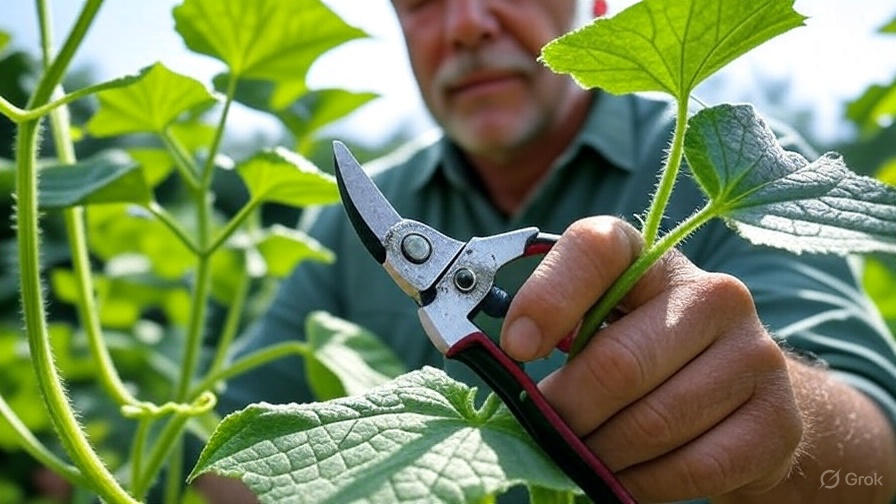
Maximizing Harvest Through Strategic Pruning
Regular harvest encourages continued fruit production throughout the growing season. Check plants daily during peak production periods and harvest cucumbers when they reach desired size but before they become overripe and seedy.
Remove any oversized or yellowing cucumbers immediately, as these signal the plant to stop producing new fruit. Keeping plants consistently harvested maintains their productive capacity much longer than allowing fruits to over-mature on the vine.
Late-season pruning can extend harvest into fall weather. Remove old, non-productive growth and focus the plant’s remaining energy on developing existing small fruits before the first frost arrives.
Organic Cucumber Plant Care Practices
Companion planting with beneficial plants supports healthy cucumber growth while reducing pest pressure. Plant marigolds, nasturtiums, or radishes near cucumber plants to deter common pests naturally.
Mulching around cucumber plants conserves moisture, suppresses weeds, and provides organic matter as it decomposes. Apply 2 to 3 inches of organic mulch around plants, keeping it several inches away from the main stem.
Natural pest control methods work well with regular pruning to maintain plant health. Beneficial insects like ladybugs and lacewings help control aphids and other soft-bodied pests that can damage cucumber plants.
Troubleshooting Common Cucumber Plant Problems
Poor fruit set often results from inadequate pollination rather than pruning issues. Encourage bee activity in your garden by planting flowers nearby and avoiding pesticide use during bloom periods.
Bitter cucumbers usually develop from plant stress caused by inconsistent watering or extreme temperatures. Proper pruning combined with consistent care helps prevent this problem.
Misshapen fruits can result from incomplete pollination, pest damage, or nutrient deficiencies. Regular plant inspection during pruning sessions helps identify and address these issues early.
Advanced Pruning Techniques for Experienced Gardeners
Selective leaf removal in specific areas can improve fruit quality and reduce disease pressure. Remove leaves that shade developing fruits, as cucumbers benefit from some direct sunlight for optimal flavor development.
Training techniques work hand-in-hand with pruning to maximize space efficiency. Use soft ties to guide main stems along supports while removing competing growth that would complicate the training process.
Succession pruning involves gradually removing older parts of the plant while encouraging new growth for extended harvest periods. This technique works particularly well in areas with long growing seasons.
Seasonal Care and Maintenance Schedule
Spring preparation includes setting up support structures and planning your pruning approach based on available space and desired plant size. Prepare clean tools and establish a regular inspection routine before plants begin rapid growth.
Summer maintenance requires the most frequent attention, with pruning sessions every few days during peak growth periods. Focus on sucker removal, disease prevention, and harvest management during this busy time.
Fall cleanup involves removing spent plants and composting healthy plant material while disposing of any diseased parts in household trash. Clean and store pruning tools properly for next season’s use.
Proper cucumber pruning transforms your garden from a tangled mess of unproductive vines into an organized, high-yielding cucumber production system. The techniques outlined here provide everything you need to maximize your harvest while maintaining healthy, disease-resistant plants. Start with basic sucker removal and leaf management, then gradually incorporate more advanced techniques as you gain experience and confidence with your cucumber plants. Your efforts will be rewarded with abundant, high-quality cucumbers throughout the growing season.

